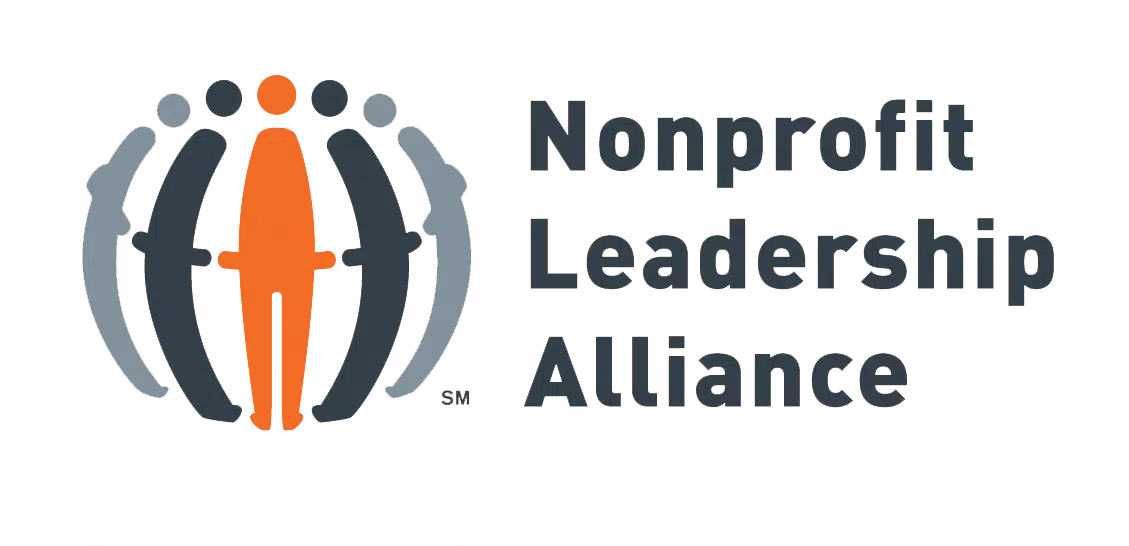As a nonprofit leader, you know first-hand the value of your work and how necessary it is to help your beneficiaries. You work hard to fulfill your organization’s mission. However, the harder you work, the more likely you are to burn out. This principle applies to your nonprofit’s team members. To reduce burnout and boost employee performance, you need to prioritize self-care at your organization. That way, staff members will remain motivated to pursue your mission. Plus, creating a positive work environment that values your employees’ well-being will help you recruit new talent for your team.
In this article, we’ll cover the top strategies to focus on self-care at your nonprofit. Let’s get started!
1. Encourage a healthy work-life balance.
The first step to prioritizing self-care at your organization is encouraging a healthy work-life balance for your employees. Consider the following tips:
- Set clear work expectations. Take inspiration from the for-profit world and establish clear work expectations for team members. For example, a major gifts officer at your nonprofit may be expected to reach out to three major donors every day during the fundraising season. That way, employees experience less uncertainty in their roles, reducing stress and creating a healthier work life.
- Allow breaks. According to a survey of employees in the United States and Canada, 94% of employees say that stepping away from a task they’re working on helps them get a fresh perspective on it. And, 91% of employees say that taking a break helps them maintain mental focus. That’s why allowing staff members to take breaks, even outside of the customary lunch break, can be a valuable opportunity for emphasizing work-life balance.
- Conduct time management training. Through time management training, employees can learn to better manage their tasks and set priorities for their workday. This will reduce the feeling of being overwhelmed by work, helping employees feel more motivated and eager to tackle their assignments.
- Offer mental health days. Mental health and physical health are equally important, but at many organizations, employees are expected to only take sick days for their physical health. Allow your team members to take sick days for mental health or give them dedicated mental health days so that they can recharge and come back ready to work.
- Allow for remote or hybrid work. Commuting to work takes time out of your employees’ days. To counteract that, consider allowing employees to work from home. This will give them more time back in their day to handle necessary tasks or relax. Plus, if you’re not ready to transition entirely to remote work, consider implementing a hybrid work model instead, where employees spend some days in-office and some days at home.
- Establish flexible work hours. Sometimes, life gets in the way of work. To support your team members with their needs, offer flexible work hours. Instead of asking them to work from 9 AM to 5 PM, for example, tell them that they need to work for eight hours between 7 AM and 7 PM. If they aren’t able to achieve this on a given day, you can also allow them to reallocate time. That way, they have the flexibility to schedule appointments and attend important events without needing to formally request time off.
When it comes to self-care, don’t be afraid of implementing large-scale improvements that will help your nonprofit. Kindful recommends investing in a nonprofit constituent relationship management (CRM) solution, which will allow you to reduce the administrative burden of your employees through task automation, easy-to-access donor information, and actionable analytics and reporting.
2. Implement wellness initiatives.
In addition to encouraging a healthy work-life balance, support your employees by implementing wellness initiatives at your nonprofit. For example, your organization could offer the following:
- Gym membership stipends. For this type of initiative, your nonprofit would offer team members a certain amount of money per month to be used on a gym membership, as part of their compensation package. That way, you’ll encourage them to stay fit and physically healthy.
- Healthy meal options. By providing meal options, you take the burden of preparing lunch off your team members. Ensure that there are healthy and nutritious options so employees can eat well during their lunch breaks.
- Standing opportunities. Most nonprofit jobs require you to remain seated for long periods. Provide opportunities for employees to stand by investing in standing desks. Plus, instead of having small meetings indoors and seated around a table, you can organize walking meetings. This lets employees get some fresh air and fit in physical activity while they’re working.
- Stress management workshops. Stress is one of the greatest contributors to burnout and feeling overwhelmed at work. Help your employees take care of themselves by providing stress management workshops. When they are feeling overwhelmed, they’ll be better equipped to deal with those feelings.
- Mental health resources. If your employees are dealing with poor mental health as a result of their work, they’re not likely to bring it up to you as their employer. However, you can still support them by creating a library of mental health resources that they can access at any point.
- Provide quality health insurance. As an employer, you’re responsible for choosing a health insurance provider for your nonprofit’s employees. Choose one that’s affordable but covers as many necessary medical costs as possible. That way, your employees will be able to get the care they need to perform better at work.
Additionally, keep an eye out for employees who feel physical pain or discomfort in response to the stress they feel at work. Refer these individuals to a massage business for a medical massage. These professionals will know how to help them minimize discomfort and can teach them exercises to reduce the physical impact of stress. And, if you’ve chosen a quality health insurance provider, they may even cover the costs of billing for massages.
3. Establish a supportive culture.
Perhaps one of the most important strategies focusing on employee self-care is to establish a positive, supportive culture where employee well-being is important. After all, you can offer a great deal of paid time off to employees, but it won’t matter if they feel shamed or punished for taking a vacation.
Start by encouraging employees to ask for help if they need it. Nonprofit team members often wear many hats, which means that occasionally, they may be assigned a project or task that they’re unfamiliar with or simply feel overwhelmed by. In those cases, offer your support, advice, and relevant resources to help maximize their success. For example, let’s say two employees are in charge of setting up an event space. If they could benefit from extra hands, consider recruiting volunteers to help.
Another important aspect of a supportive nonprofit workplace is peer recognition. All employees want appreciation and recognition for the positive contributions they’ve made to your nonprofit. While leadership appreciation is important, it doesn’t come often enough, simply due to the separation between leadership duties and the responsibilities of regular team members. Instead of that, set up a strong peer-to-peer recognition program. For example, you might create a bulletin board in your office where team members can put up sticky notes that acknowledge their peers’ wins or empower employees to send one another digital recognition e-cards. This can help create a more positive and caring workplace culture.
Prioritizing self-care for employees not only prevents burnout but also makes employees feel excited to continue their work, thereby increasing retention rates. Although you’re very busy with your other nonprofit responsibilities, it’s worth it to take a moment and think about how your organization is taking care of its employees. Consider the strategies discussed in this article and how you could leverage them to strengthen your employee base.
Did you enjoy this article?
Get nonprofit tips and tools delivered right to your inbox by joining The Nonprofit Leadership Alliance Newsletter. Our bimonthly newsletter will make sure you know what’s happening with our network of social sector leaders.
Meet Melanie Martin, CNP: The Woman Who Won’t Let St. Louis Go Hungry!
On a recent visit to the St. Louis Area Foodbank, you could feel the urgency in the air. Giant warehouse shelves held stockpiles of food, many of which were marked to be picked up in
Why Timing Matters in Fundraising and How to Improve It
You’ve got a compelling mission, a passionate team, and a fundraising campaign to run. However, if your timing is off, your message might miss the mark. In fundraising, when you say something can be just
From Volunteer to Vice President: How Arika Wells Is Shaping the Future of Tucson
When Arika Wells, CNP, MPA, moved to Tucson, Arizona in 2002, she didn’t expect to stay long. She had just graduated from the University of San Diego, where she earned the nationally recognized Certified Nonprofit



